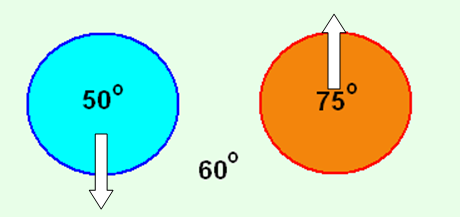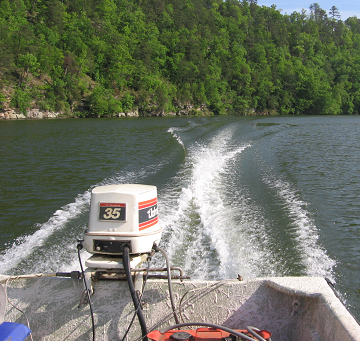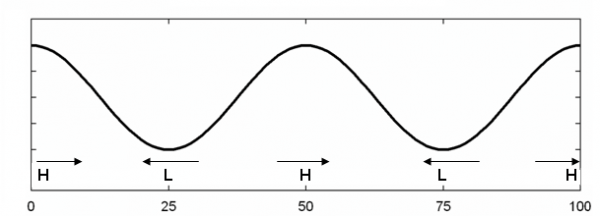Gravity Waves – Part 1
Over the past few months, I have had many people ask for an explanation of gravity waves. What they are, what causes them to form, etc. Since atmospheric waves, and their effects on the weather, are my main research area at work, I’ll try to explain them here on the blog. Waves are complicated, so understand that there is a lot that I don’t know too.
Simply put, a gravity wave is any wave that propagates because of buoyancy, which is related to gravity. A parcel of warm air is less dense than surrounding cooler air (at the same pressure), and buoyancy causes that parcel to rise. A parcel of cool air surrounded by warmer air sinks. It’s kind of like trying to hold a life jacket under the water; it’s less dense than the water, and if you let it go, it will quickly rise through the water. We’ll come back to this.
A common type of gravity waves are the ones you see on the surface of water. When a boat goes through the water, it pushes the water upward. But, since water is heavier than air, the surface can’t stay unlevel, so buoyancy (gravity) tries to level things out. The part of the water pushed upward sinks, and the part of the water pushed downward around it rises. But, since the elevated water has also been pushed sideways, the wave travels sideways.
Note that the higher water in the wave ridges causes high pressure underneath the water surface, and lower water in the wave troughs causes low pressure. The motion to the right in the ridge means that convergence occurs to the right of the wave ridge, piling up water there and causing the ridge to move to the right.
In the atmosphere, it is the buoyancy of warmer air and cooler air that causes the waves to form and propagate, and this will be in part 2.
Category: Uncategorized


















